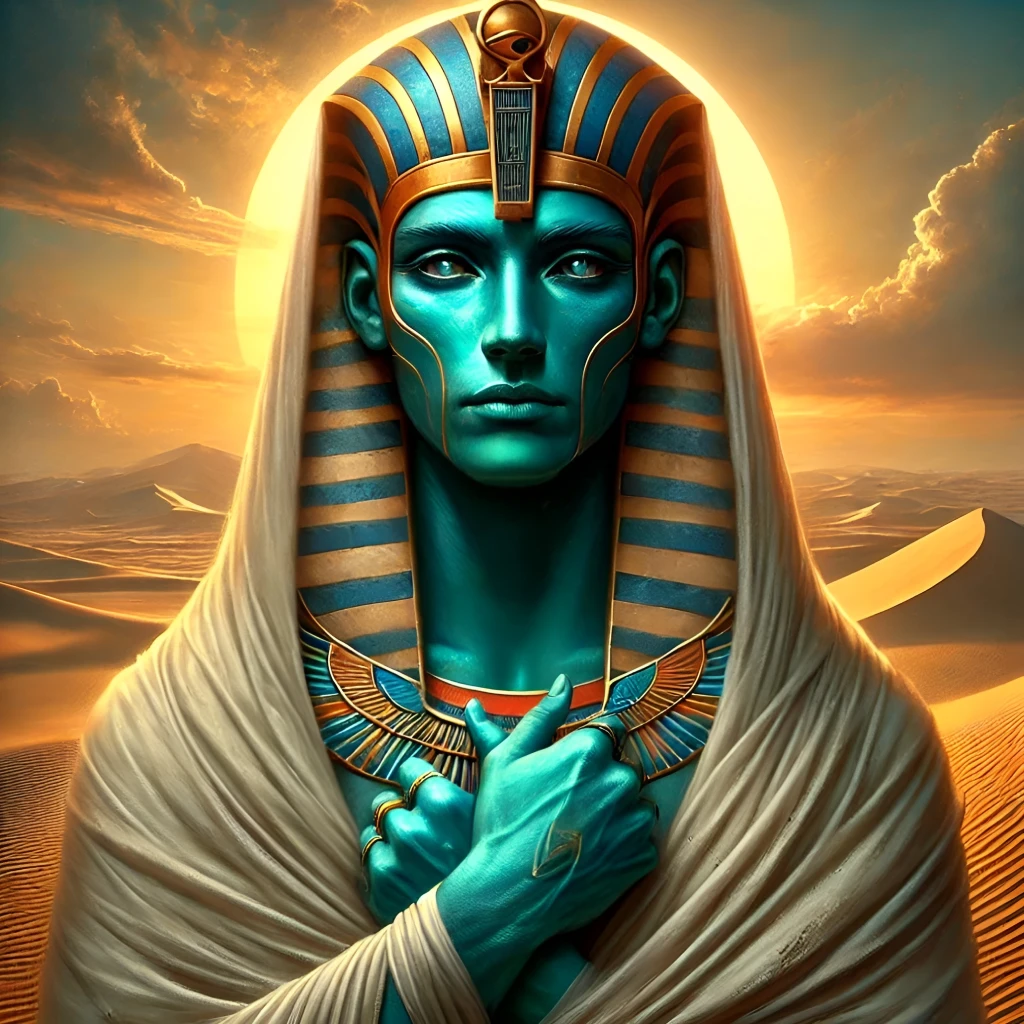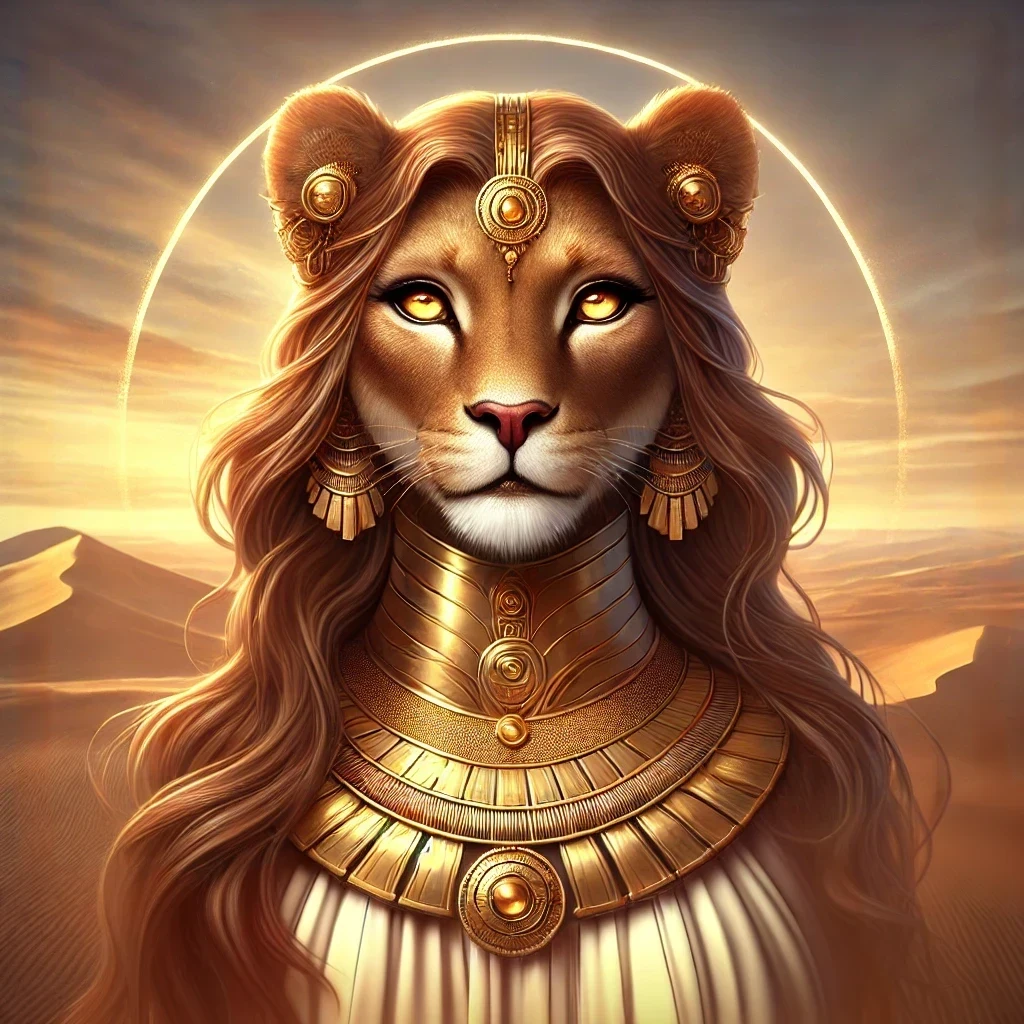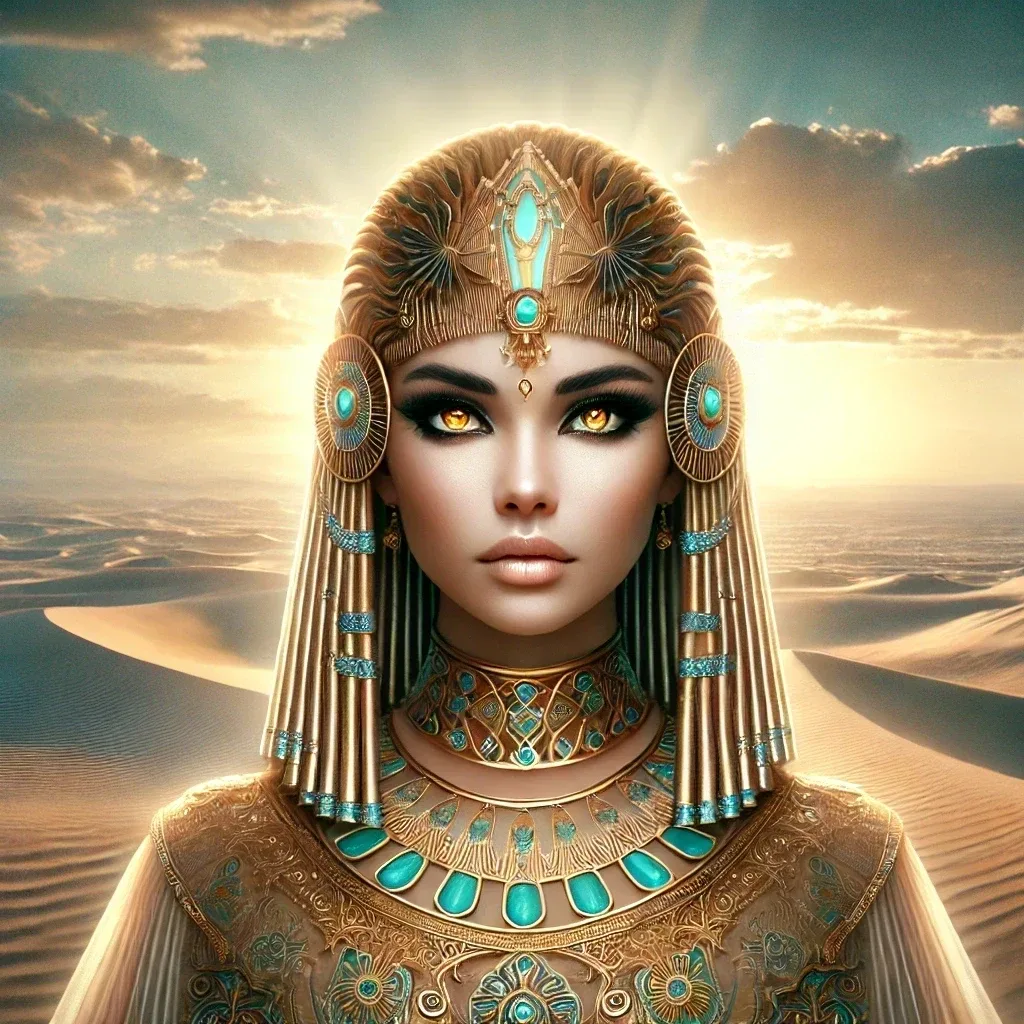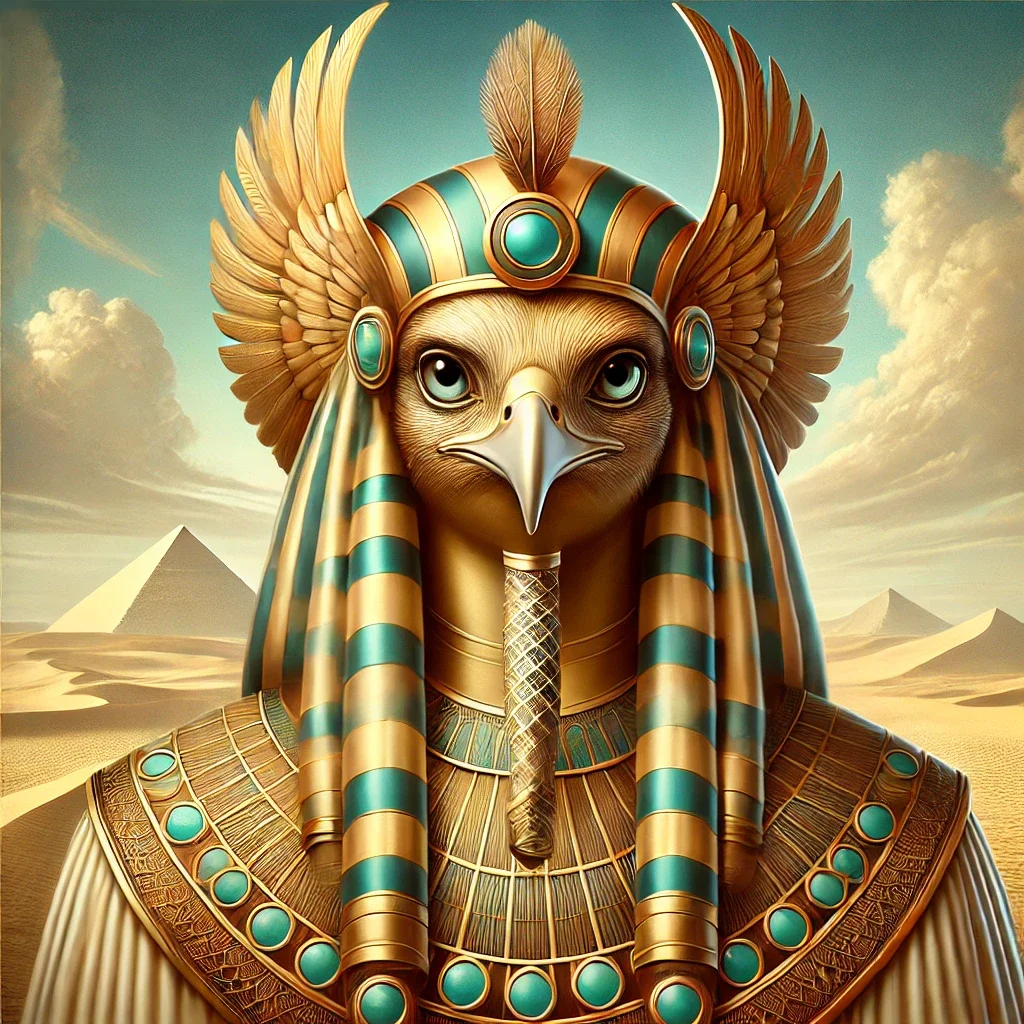Ptah, also known as “He Who Opens,” “Master Craftsman,” and “Lord of Memphis“. His name, derived from the Egyptian verb “ptah,” meaning “to open,” reflects his role as a creator and craftsman. This god was venerated primarily in Memphis, the capital of Egypt during much of its early history, and was often regarded as the patron of artisans, builders, and architects. One of his epithets was “Sculptor of the Earth“.

Origins
Historical Roots
The origins trace back to the Old Kingdom, around the third millennium BCE, where he rose to prominence as the chief deity of Memphis. As the god of craftsmen, his worship was deeply intertwined with the city’s status as a center of trade and industry. His name, meaning “The Opener,” reflects his role in shaping the world and initiating creation.
Evolution Over Time
His role evolved through Egypt’s dynastic history, from being a local deity to a major figure in state theology. By the New Kingdom, he was integrated into the triad of Memphis alongside Sekhmet and Nefertem, representing creation, destruction, and renewal.
Appearance
Traditional Depictions
He is traditionally depicted as a mummified man, wrapped in a tight shroud, symbolizing stability and eternity. He often holds a staff combining three powerful symbols: the djed pillar (stability), the ankh (life), and the was scepter (power).
Unique Iconography
In his imagery, his skullcap and close-cropped beard set him apart from other deities. His serene expression and rigid posture convey his eternal nature and divine authority.

Abilities
Creator of the Universe
His role as a creator god is central to his mythology. In the Memphite Theology, he is said to have created the world through the power of thought and speech, embodying the divine Logos.
Patron of Craftsmen
His abilities extend to craftsmanship and artistic expression. He is the divine architect, credited with designing the heavens, the Earth, and all its intricate forms.
Guardian of Renewal
As a god of renewal, his association with the djed pillar underscores his role in ensuring the stability and continuity of the cosmos.
Myths
The Memphite Theology
One of the most prominent myths is the Memphite Theology, an ancient text inscribed on the Shabaka Stone. In this cosmogony, he creates the universe by conceiving it in his heart and bringing it to life through his spoken word.
Ptah and the Arts
In various tales, he is depicted as the inspiration for artisans and builders. His divine intervention is said to guide the hands of craftsmen, ensuring perfection in their work.

Symbolism
Representations of Creation
His association with creation is symbolized by the tools of artisans and builders. The djed pillar represents stability, while the ankh symbolizes life—both integral to his identity.
Associated Objects
His sacred symbols include the sculptor’s chisel and the palette, reflecting his patronage of the arts. Temples dedicated to him often featured intricate carvings and statues showcasing masterful craftsmanship.
Sacred Animals and Plants
The bull Apis, regarded as his earthly manifestation, was worshiped in Memphis. The bull’s unique markings were seen as signs of divine selection. Additionally, papyrus and lotus plants, symbols of rebirth and creation, are frequently associated.
Colors and Materials
He was often associated with precious metals like gold and lapis lazuli, which were used to craft his statues. These materials symbolized his divine essence and unchanging nature, linking him to the eternal cycle of creation and renewal.
Relationships
The Memphite Triad
He forms a divine triad with his consort Sekhmet, the lion-headed goddess of war and healing, and their son Nefertem, associated with the lotus and rebirth. Together, they embody the cycle of creation, destruction, and renewal.
Connections to Other Gods
His creative powers align him with other major deities, such as Atum and Khnum, who are also creators. In some myths, he is credited with designing the ka (spiritual essence) of gods and humans alike.
Trivia
- Patron of Architects: Ancient Egyptian builders often invoked Ptah’s blessings before commencing construction projects, including temples and pyramids.
- Ptah in Modern Culture: The deity’s influence persists in the name “Egypt” itself, derived from the Greek “Aigyptos,” which is believed to originate from “Hwt-ka-Ptah,” meaning “Temple of the Ka of Ptah.”
- The Apis Oracle: The Apis bull, as Ptah’s earthly form, was central to divination practices. Priests interpreted the bull’s movements and behaviors as divine messages.
- Sculptor’s Prayers: Artisans inscribed prayers to Ptah on their tools, seeking his guidance to achieve perfection.
- Ptah and Modern Freemasonry: Some scholars draw parallels between Ptah’s role as a master craftsman and the symbolism of Freemasonry, though this connection remains speculative.



